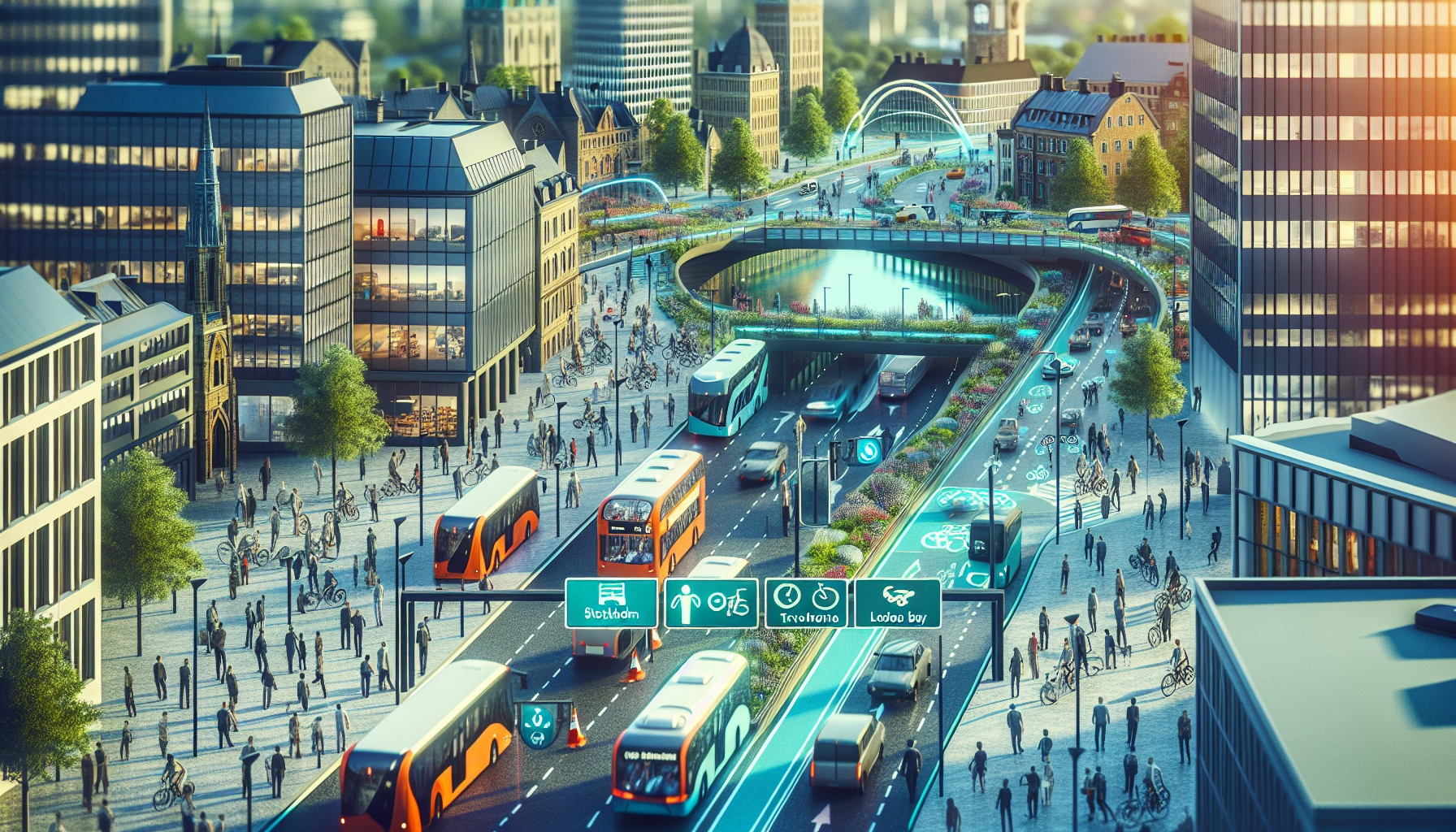Two decades of experimentation
Stockholm introduced its Congestion Tax in 2006; London, his Congestion Charge in 2003. Twenty years later, the two capitals have adjusted prices, time slots and exemptions with a common goal: the quality of urban life.
Stockholm: green taxation
Indexed to inflation and the vehicle's Euro class, the tax currently amounts to SEK 45 (approximately €4) per trip during peak hours. A study published in March 2025 shows a 12% drop in car traffic since the 2022 revision and a 4.5% increase in public transport use.[1]
London: towards a single tariff for all
On January 2, 2026, the London system will abolish exemptions for electric vehicles. From 2025, the rate will rise to £15 per day, coupled with the ULEZ.[2] TfL forecasts indicate a modal shift of 7 % to the underground.

Underlying technologies
Both cities rely on high-definition ANPR cameras, but Stockholm is experimenting with Bluetooth Low Energy beacon payment to reduce server-to-platform latency. London, meanwhile, is banking on machine learning to differentiate a taxi vehicle from a VTC based on the light signature.
Social acceptability
In 2006, 62 % Londoners rejected the idea of a variable tariff. By 2025, 54 % would want an extension outside Zone 1, a sign that the “polluter pays” strategy may gain popularity as its benefits become visible.
Key lessons
- The price must evolve with inflation and externalities (pollution, noise).
- A back office transparent, accessible in self-service, limits disputes.
- Real-time communication (panels and applications) reduces unplanned through traffic.
Conclusion
Stockholm and London prove that a well-calibrated urban toll can permanently change travel habits, provided that the revenue is reinvested in attractive transport alternatives.
Sources :
[1] Forbes, “Congestion pricing can improve air quality and human health”, March 11, 2025.
[2] Transport for London, official Congestion Charge website, accessed May 2025.
